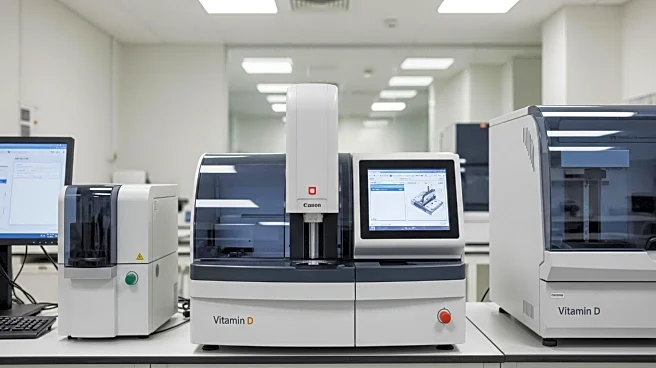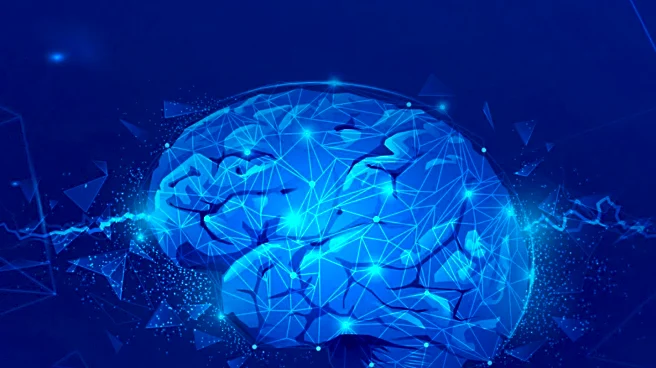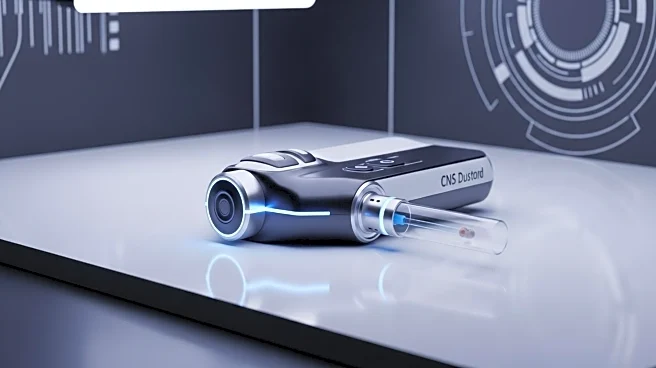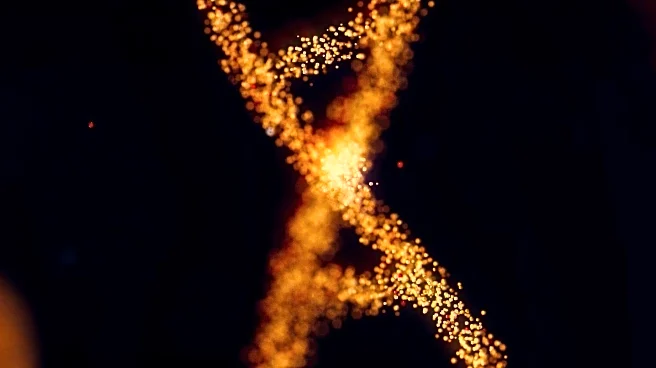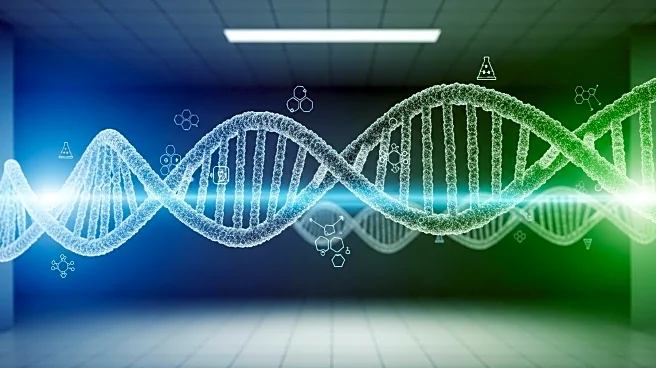What's Happening?
Researchers from Tel Aviv University and the Tel Aviv Sourasky Medical Center have developed a method to measure memory through eye movements, bypassing the need for verbal confirmation. In a study involving 145 participants, subjects watched animation videos with surprising events, and their gaze direction during a second viewing indicated memory retention. This method proved more accurate than verbal reports, suggesting that individuals often remember more than they can verbally express. The study highlights the potential of using eye tracking to assess memory in non-verbal populations, such as infants, patients with brain injuries, and animals.
Why It's Important?
This research offers a significant advancement in memory assessment, particularly for individuals who cannot communicate verbally. By utilizing eye tracking, clinicians and researchers can gain insights into memory retention in populations like infants and patients with neurological conditions, where traditional methods fall short. This approach could revolutionize how memory is studied and understood, providing a more natural and accurate measure of memory recall. The implications extend to improving diagnostic and therapeutic strategies for conditions like Alzheimer's disease and brain injuries, potentially enhancing patient care and treatment outcomes.
What's Next?
The researchers anticipate that this eye tracking method could be integrated into clinical settings, offering a new tool for assessing memory in non-verbal patients. Future studies may explore its application in various cognitive research domains, including the effects of sleep on memory retrieval. As the technology becomes more accessible, with simple camera setups on laptops or smartphones, it could become a standard practice in memory assessment, broadening its use across different fields and populations.
Beyond the Headlines
The ethical implications of using eye tracking for memory assessment are noteworthy, as it raises questions about privacy and consent, especially in vulnerable populations. Additionally, the method's ability to detect memories without verbal confirmation could lead to new understandings of subconscious memory processes, challenging existing paradigms in cognitive science. This research may also influence the development of AI-driven tools for memory analysis, further integrating technology into psychological and neurological studies.


